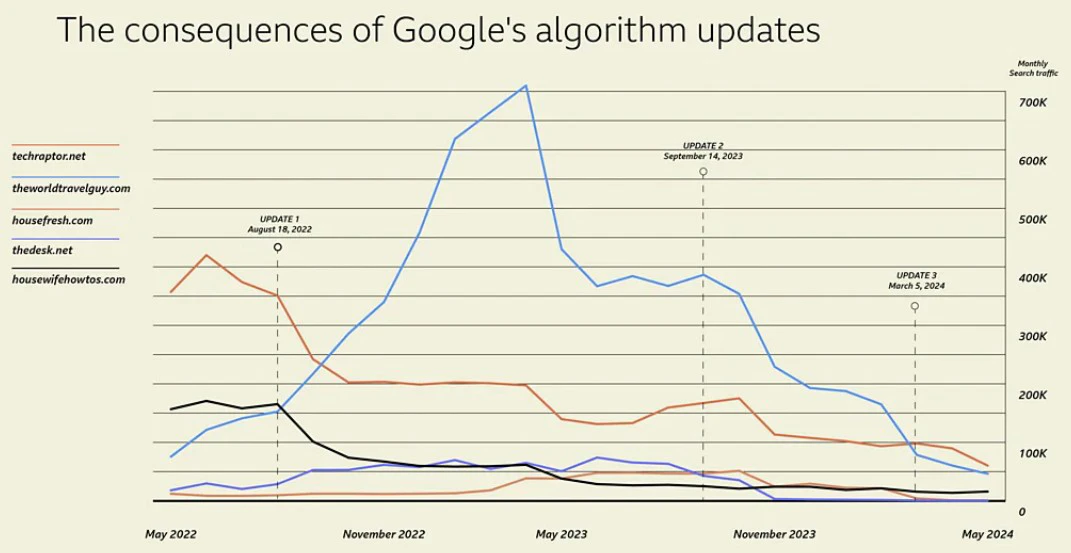In a determined effort to combat the escalating issue of gang violence plaguing the country, the Swedish government has unveiled a bold plan to significantly expand its surveillance capabilities. The proposal, introduced by the Minister of Justice Gunnar Strömmer of the Moderate Party, involves the deployment of an additional 2,500 surveillance cameras by the next year, marking a substantial fivefold increase in camera presence since the current government took office.
Surveillance expansion plan
The central tenet of this initiative revolves around what the government calls a “new camera offensive.” This offensive, which has garnered support from various political parties, including the Sweden Democrats, seeks to reinforce law enforcement efforts by enhancing nationwide surveillance infrastructure.
However, this ambitious plan is contingent upon changes to existing legislation governing camera surveillance, which are currently under scrutiny by an ongoing investigation. The investigation committee is expected to present its findings and proposals in April.
Facial recognition and AI integration
Should the proposed amendments to the law be approved, it would grant the police an augmented toolkit to combat crime more effectively. A key component of this arsenal is the utilization of facial recognition technology with the aid of artificial intelligence (AI). This advancement is aimed at streamlining the identification of criminals, particularly gang members, thereby bolstering the ability of law enforcement agencies to apprehend and prosecute offenders.
Furthermore, the law changes would authorize the automatic reading of license plates and an expanded scope for employing drones in police operations. These measures are intended to improve the efficiency of investigations and enhance the overall surveillance network.
Efficacy of surveillance
Internationally, research indicates that camera surveillance can exert a positive influence in reducing various types of crime, including theft and drug offenses. Swedish criminologist Manne Gerell, an expert in gang violence, has conducted studies highlighting that camera surveillance can also be crucial in diminishing violent crimes, particularly in vulnerable areas. His research, notably focused on Gothenburg, Sweden’s second-largest city, underscores that camera surveillance had a more pronounced impact on violent crimes compared to property-related offenses.
In addition to its crime-deterrent effect, camera surveillance aids in investigating criminal activities. While it can simplify the process of identifying suspects, experts caution that the quality of surveillance footage often falls short of providing the clarity required for definitive identification.
The proposed expansion of surveillance capabilities has raised concerns among privacy advocates. The invasive nature of facial recognition technology, in particular, has sparked debates surrounding citizens’ privacy rights. Markus Lahtinen, a researcher at Lund University, acknowledges the potency of facial recognition as a surveillance tool but emphasizes the potential downsides, including misuse and citizen monitoring.
European ‘hotspots’ for shootings
The urgency of addressing gang violence in Sweden is underscored by the emergence of several European ‘hotspots’ for shootings. Cities like Stockholm, Malmö, and Gothenburg have experienced an alarming increase in gun-related violence. This trend excludes Sweden; larger cities in the Netherlands, Belgium, and France have also grappled with this issue. Nils Duquet, a researcher specializing in illegal arms trade and gun violence, expresses concerns that this pattern may extend to other European countries, highlighting the need for a coordinated response.
Organized crime in Norway
The prevalence of organized criminal networks is not unique to Sweden, as neighboring Norway grapples with similar challenges. The National Criminal Investigation Service (Kripos) in Norway has initiated an effort to identify areas where organized criminal networks operate. Kripos Chief Kristin Kvigne acknowledges the interconnected nature of these criminal activities, with masterminds targeting multiple Nordic countries and Europe. The diversification of criminal enterprises, including drug involvement, emphasizes the multifaceted nature of organized crime.
International cooperation for a comprehensive solution
Addressing the issue of organized crime, particularly in a transnational context, necessitates collaboration with major police units across Europe and globally. Kristin Kvigne underscores the importance of international cooperation to effectively combat the growing menace of organized crime, emphasizing that it represents a shared challenge that requires a united response.





